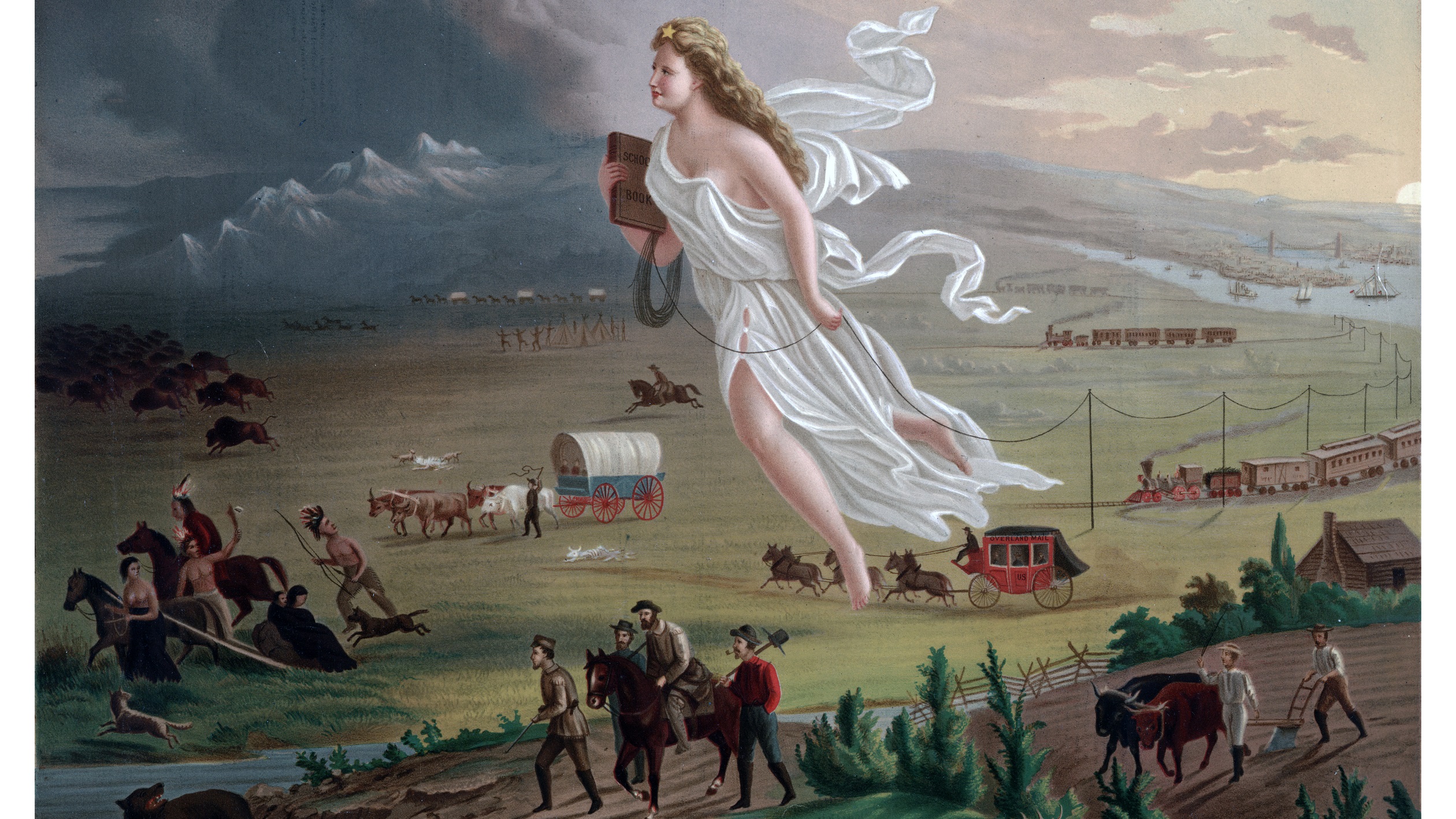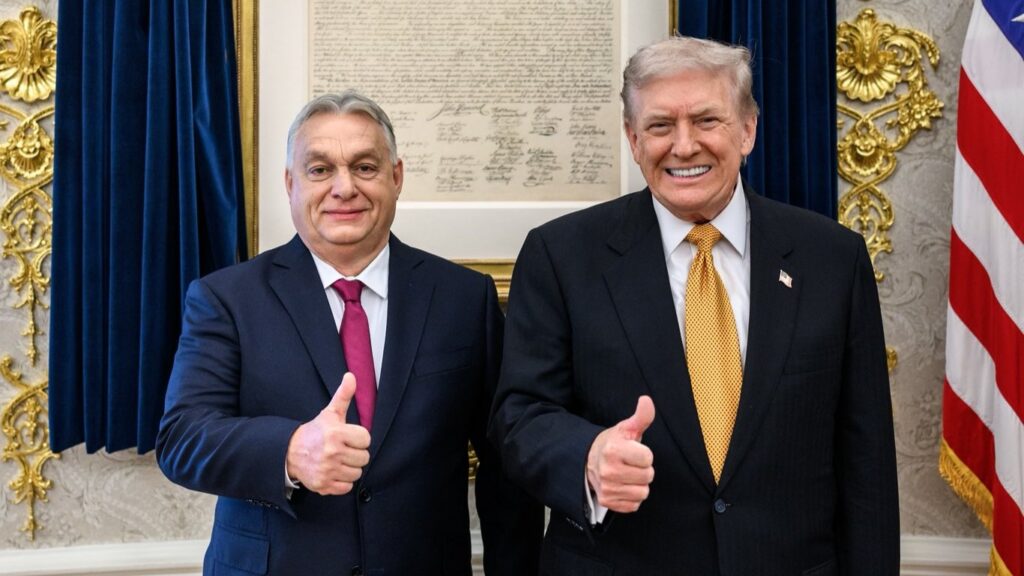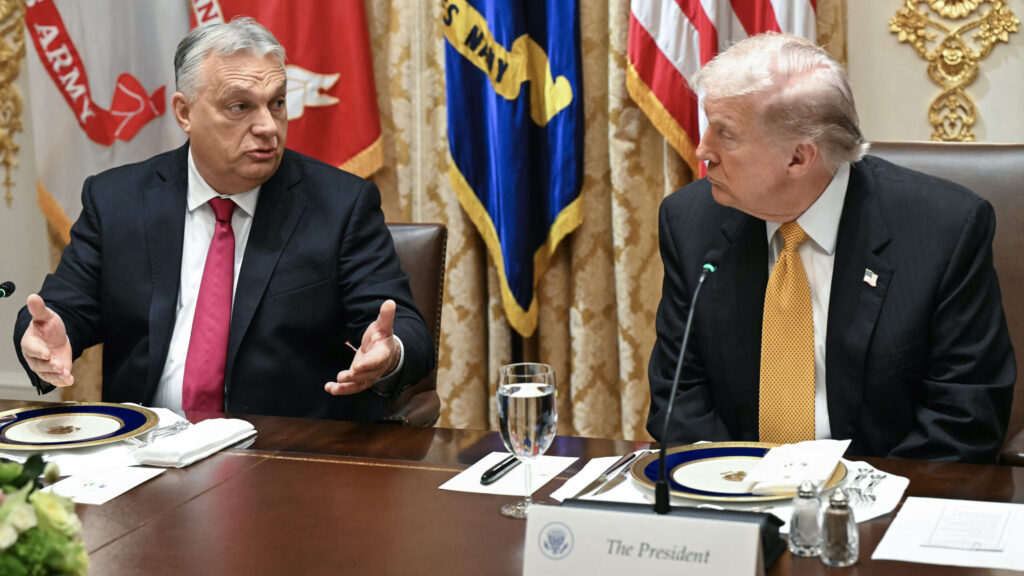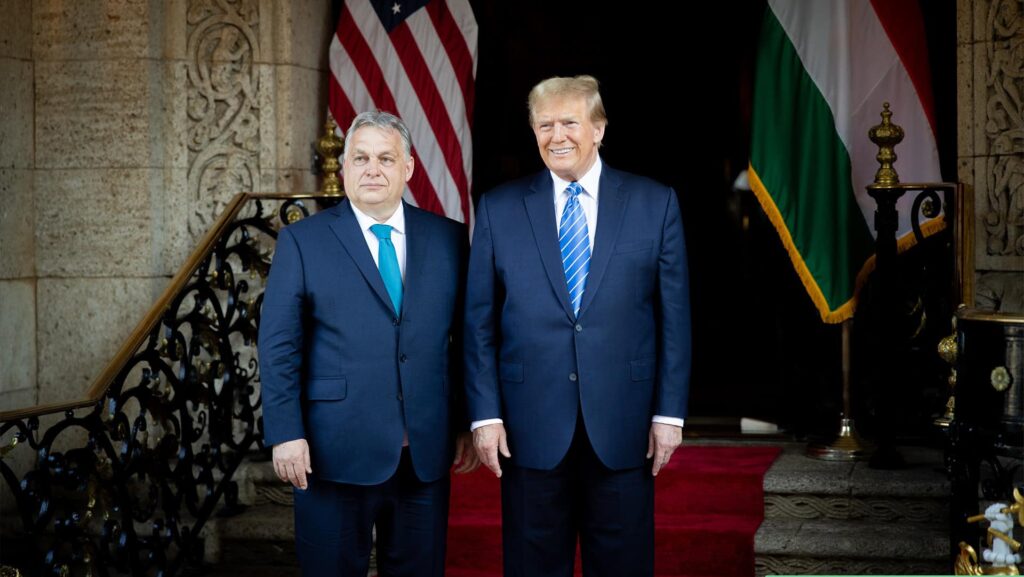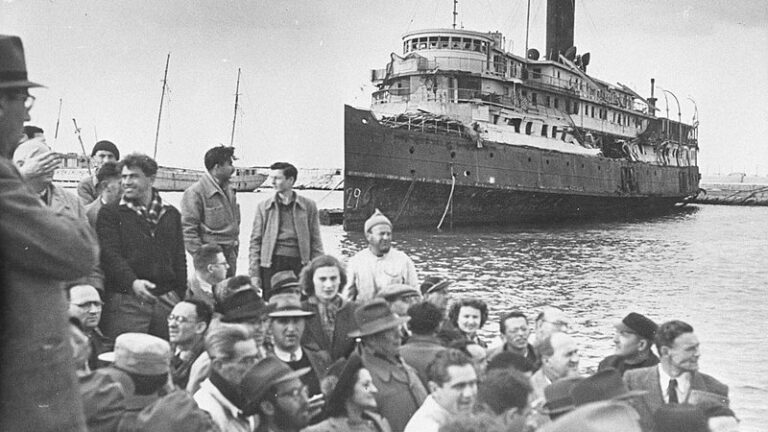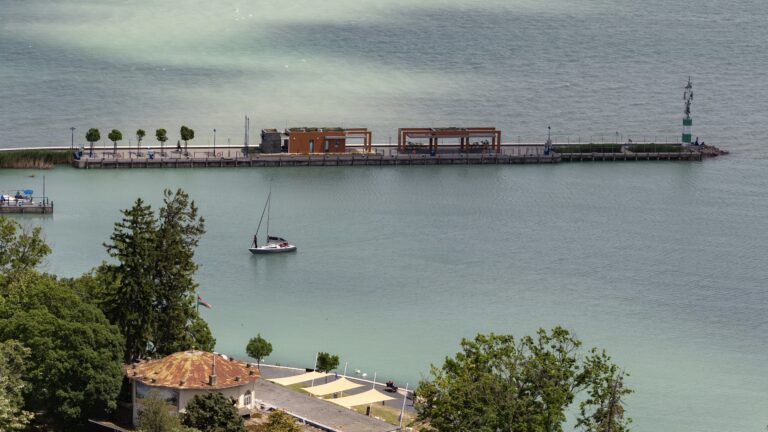The last territorial acquisition by the United States happened in 1947, with the Northern Mariana Islands, Marshall Islands, and Caroline Islands. Of the three, only the Northern Mariana Islands remain a US territory. The Marshall Islands gained independence in 1979, while the Caroline Islands were removed from under US jurisdiction in 1986, and now are in one part controlled by Micronesia, and in another part controlled by Palau.
Since the latter half of the 20th century, however, US Presidents did not even dare talk of any potential territorial expansion, let alone make any diplomatic moves for one, in fear of being seen as ‘imperialist’. This did have some strategic advantage during the Cold War, as to avoid pushing other countries (especially in Central and South America) towards the Soviet Union for protection. However, after the collapse of the USSR, this disposition was purely ideological by the United States.
It was still in the Cold War era that the US leadership made its most drastic anti-imperialist move. In 1977 President Jimmy Carter agreed to hand over the Panama Canal to the nation of Panama in 20 years for the nominal price of $1. The folly of that ‘deal’ did not enter public discourse until the new President-elect Donald Trump started vocally voicing his opinion on it shortly after his win in the 2024 election.
And that is just one way President-elect Trump is bringing the expansionist spirit back to the White House.
It all started with a joke, a quip he made to Prime Minister Justin Trudeau of Canada over the dinner table at his Mar-a-Lago estate. He said that if Canada cannot survive without ‘ripping off the United States’ then why doesn’t it just become the 51st state? He kept making such jokes, consistently referring to the Canadian PM as ‘Governor Trudeau’, until it became clear that President Trump means more than just jest.
However, it has also been clear from the start that forcing Canada’s 40 million people, the vast majority of whom have no desire to join the US, and adding a state six larger in land mass than the current largest state, Alaska, is not a practical proposition.
However, President Trump soon found another, much more feasible expansion project—also up north, Greenland.
He did make an exploratory effort to buy Greenland from Denmark during his first term in office, which did not even get off the ground. Thus, most people suspected that his second attempt would be as feeble as his first. However, what people did not count on was that in the case of this ‘property’, you can just cut out ‘the middleman’, and negotiate with Greenland directly instead of Denmark.
‘President Trump soon found another, much more feasible expansion project—Greenland’
Prime Minister Múte Bourup Egede sent waves of optimism among Trump supporters when in his New Year’s speech, he expressed his wish to become independent from Denmark.
‘It is about time that we ourselves take a step and shape our future, also with regard to who we will cooperate closely with, and who our trading partners will be,’ he said in his address.
In the following days the University of Copenhagen released a poll showing that 68 per cent of Greenlanders prefer to be independent, while only 32 per cent wish to stay a part of Denmark. Given that Greenland heavily relies on subsidies from the Danish government (infrastructure costs are a lot higher there due to the extreme weather), it is unlikely that the country could survive as independent without a massive drop in the standard of living for the locals. Thus, it is more likely that the Greenlandic people want to negotiate their terms of joining the US on their own, as opposed to letting Denmark do it on their behalf. That is the most likely scenario, even despite the fact that PM Egede also said, ‘We don’t want to be Danes. We don’t want to be Americans. We want to be Greenlanders’ at a press conference on Friday, 10 January, as quoted by POLITICO.
OSZ on X (formerly Twitter): “🇬🇱 Greenland Poll Independence From Denmark🔴 Independence 68% (+36)🔵 Stay Denmark 32%University Of Copenhagen Poll pic.twitter.com/Hf8uUp8ldv / X”
🇬🇱 Greenland Poll Independence From Denmark🔴 Independence 68% (+36)🔵 Stay Denmark 32%University Of Copenhagen Poll pic.twitter.com/Hf8uUp8ldv
Reportedly, the Danish government and EU officials have also expressed their misgivings about the potential acquisition by the new Trump administration. However, if the Greenlandic people were to vote for independence in a referendum, they would not have too much of a leg to stand on citing ‘imperialism’.
In terms of sheer landmass, the Greenland purchase (836,330 square miles) would be slightly larger than the Louisiana purchase (828,000 square miles) by President Jefferson in 1803. Just like Greenland today, the Louisiana Territory was also sparsely populated at the time. However, evidently, American settlement on Greenland would be a lot less feasible given the extreme cold temperatures, vast ice coverage, and the fact that Greenland is not connected to any other US states by land.
It would be more akin to the Alaska Purchase in 1867 during the Johnson administration. It was dubbed by some as ‘Seward’s Folly’ at the time, after Secretary of State William Seward, who was the primary facilitator of the deal on the American part. However, over time, it proved to be a very beneficial deal for the US due to the crude oil reserves up there. Oil did not become the primary natural fuel in the world until the mid-20th century, taking over coal, many decades after the US’s acquisition of Alaska.
Greenland has one of the world’s largest remaining oil resources, but extraction is extremely difficult due to the ice coverage.
A little over a century before the last US territorial acquisition, the idea of ‘manifest destiny’ was prominent among American leaders and common folks alike. It was a belief that the greatness of the American people destined them to rule the American continent from the Atlantic to the Pacific Ocean. This vision came true with the US victory in the Mexican–American War in 1848, which resulted in President Polk annexing California (among other territories). A similar, although tamer, appetite for new land seems to be back in Washington, DC with the incoming President Donald Trump.
Related articles:

